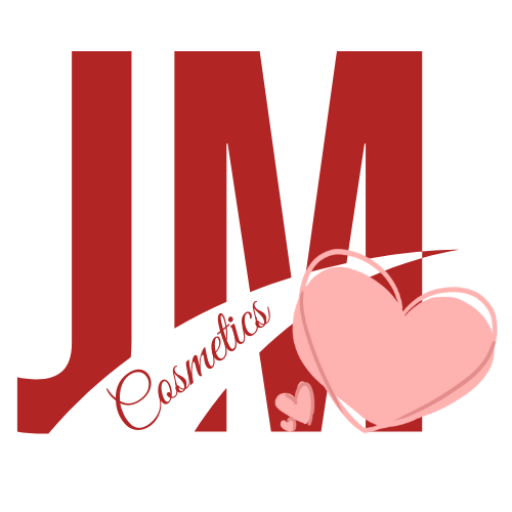When cosmetics factories show customers the differences between OEM (original equipment manufacturer) and ODM (original design manufacturer), they can explain from multiple dimensions so that customers can more clearly understand the characteristics and advantages of the two cooperation models. The following is a detailed analysis of the main differences between OEM and ODM:
- Concepts and definitions
OEM (original equipment manufacturer):
Definition: The brand owner provides specific requirements such as product design, formula, packaging, etc., and the manufacturer produces according to these requirements, and the final product is sold with the brand owner’s trademark.
Role: The manufacturer is mainly responsible for production tasks and does not participate in product design and development.
ODM (original design manufacturer):
Definition: The manufacturer is not only responsible for production, but also for product design and development, including formula development, packaging design, etc. Brand owners can choose to sell products that have been designed by ODM manufacturers directly, or modify the solutions provided by ODM and sell them.
Role: Manufacturers are more deeply involved in the industrial chain and provide one-stop services from design to production.
- Intellectual property and design development
OEM:
Ownership of intellectual property rights: Brand owners own core intellectual property rights such as product formulas, process technologies and quality standards.
Design and development participation: Brands are responsible for product design, formula, packaging, etc., and manufacturers only produce as required.
ODM:
Ownership of intellectual property: If the product design completed by the ODM manufacturer is not bought out, the design may still belong to the ODM manufacturer; if the brand purchases and exclusively uses the design plan, the relevant intellectual property rights are transferred to the brand.
Design and development participation: The manufacturer is responsible for the overall design and development of the product, and the brand can choose the existing plan or propose modifications.
III. Cooperation model and flexibility
OEM:
Cooperation model: Brands lead the design, and manufacturers are responsible for production. The cooperation model is relatively traditional and clear.
Flexibility: Brands can adjust product formulas and designs at any time according to market demand, and manufacturers produce flexibly according to requirements.
ODM:
Cooperation model: Manufacturers provide one-stop services from design to production. Brands have relatively limited choices and can usually only choose from existing products provided by manufacturers or propose modifications.
Flexibility: Brands have relatively low flexibility in product selection, but manufacturers’ design innovation capabilities can bring market opportunities.
IV. Cost and benefit
OEM:
Cost structure: Brands need to bear the cost of R&D and design by themselves, but the production cost is lower because manufacturers focus on production optimization.
Benefit analysis: Suitable for brands with mature formulas and market positioning, reducing costs and improving production efficiency through outsourcing production.
ODM:
Cost structure: Manufacturers provide full-service, and brand owners do not need to invest a lot of R&D funds, but need to pay higher service fees.
Benefit analysis: Suitable for brands that want to quickly enter the market or expand product lines, especially small brands and emerging brands that lack R&D and production capabilities. Through ODM cooperation, brand owners can quickly launch new products, reduce R&D costs, and increase market response speed.
V. Applicable scenarios and cases
OEM applicable scenarios:
Brands that already have mature formulas and market positioning.
Companies that hope to reduce costs and improve production efficiency through outsourcing production.
Case: Internationally renowned cosmetics brands outsource the production of some products through the OEM model.
ODM applicable scenarios:
Brands that want to quickly enter the market or expand product lines.
Small brands and emerging brands that lack R&D and production capabilities.
Case: Professional cosmetics ODM companies such as Northbell provide customers with one-stop services from product R&D, design to production, and their products are exported to many countries and regions around the world.
In summary, OEM and ODM each have their own unique advantages and applicable scenarios in the cosmetics industry. Cosmetics factories should recommend the most appropriate cooperation model based on customers’ actual needs and market positioning to achieve a win-win situation for both parties.
